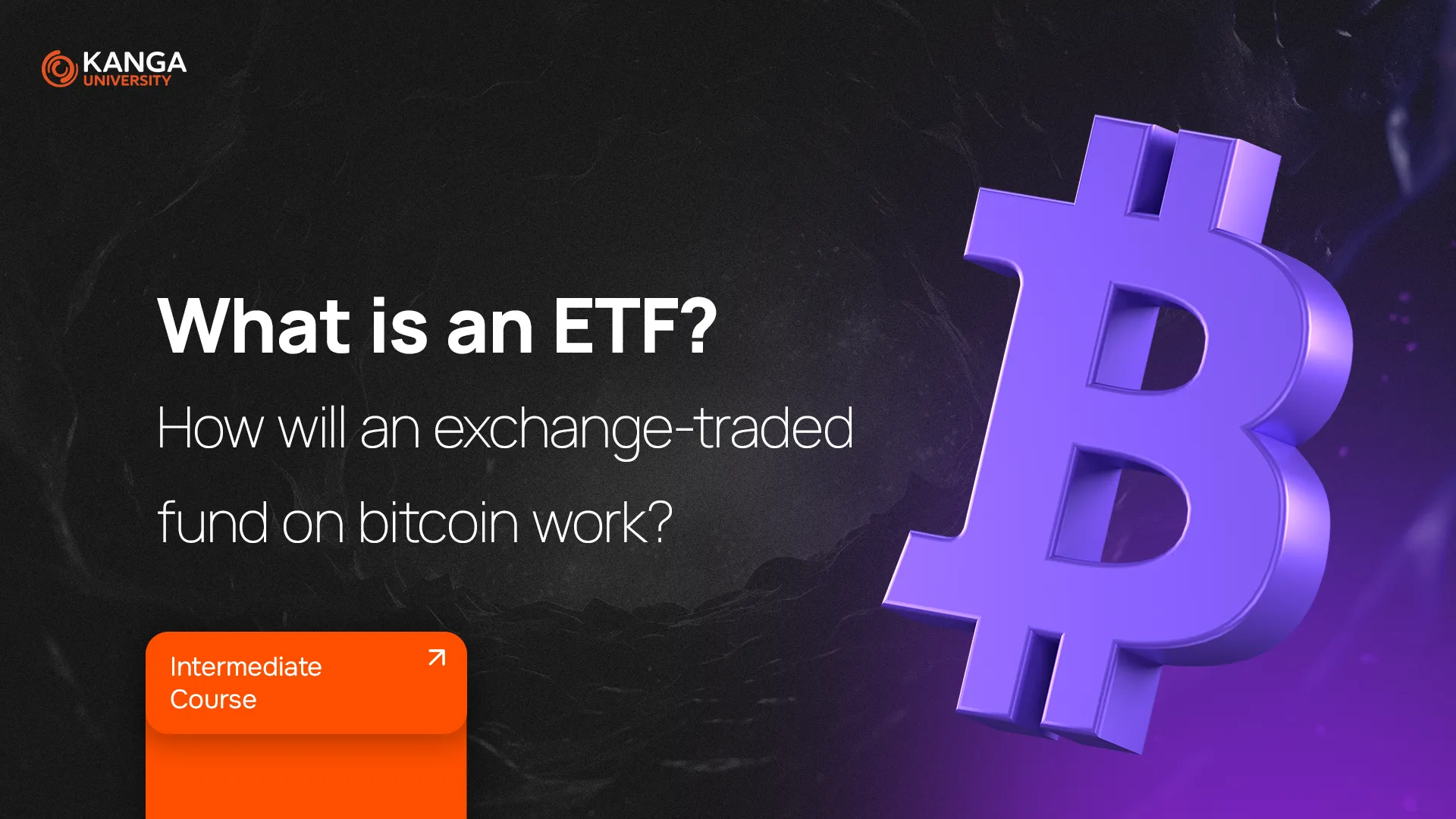
At first glance, it might sound like another complicated financial term. But a Bitcoin Spot ETF could reshape how people invest in Bitcoin – the world’s most popular cryptocurrency.
What is an ETF, Anyway?
ETF stands for Exchange-Traded Fund. It’s a type of investment fund that you can buy and sell on the stock market, just like a regular stock. Instead of directly owning an asset (like gold or Bitcoin), you buy shares in a fund that mirrors the price of that asset. Simple? That’s the point.
An ETF works like a mirror – it reflects the value of something, but you don’t have to manage or store the asset yourself.
So, What Does That Mean for Bitcoin?
For years, investors have wanted a safe and regulated way to get exposure to Bitcoin without having to open a crypto exchange account or manage wallets. That’s where the Bitcoin Spot ETF comes in. It lets people invest in Bitcoin through a traditional brokerage – just like buying a share of Apple or Tesla.
ETF vs. Trust – What’s the Difference?
Before Spot ETFs were approved, investors had access to Bitcoin Trusts, like the Grayscale Bitcoin Trust (GBTC). These are closed-end funds and can’t be redeemed for real Bitcoin. Because of that, their market price often didn’t match the actual value of the Bitcoin they held.
Spot Bitcoin ETFs, on the other hand, are open-ended. They aim to closely follow the actual price of Bitcoin. They trade on major exchanges, and investors can buy or sell shares in real-time. If prices drift from Bitcoin’s value, institutional investors step in to take advantage of arbitrage – helping keep the price in line.
Why Is This Such a Big Deal?
In January 2024, the U.S. Securities and Exchange Commission (SEC) finally approved the first batch of Bitcoin Spot ETFs. This was a major milestone after years of rejections. One of the key players was BlackRock, launching its iShares Bitcoin Trust.
Other approved ETFs came from giants like Fidelity, ARK, Invesco, VanEck, Franklin Templeton, and WisdomTree. This opened the door for Bitcoin to enter the portfolios of institutional investors around the world.
What Changes for Everyday Investors?
Benefits:
-
Easier access to Bitcoin – via your regular brokerage account.
-
Regulated and secure – ETFs follow strict rules, adding a layer of safety.
-
More liquidity – ETFs buy actual Bitcoin, boosting demand.
-
Lower entry barrier – no need to deal with wallets or private keys.
Risks:
-
No direct ownership – you don’t control the Bitcoin itself.
-
Market manipulation – large players could impact prices.
-
Regulatory shifts – future rule changes could affect ETF performance.
Timeline of Spot Bitcoin ETF Applications
Here’s a quick look at the journey so far:
-
2013 – Winklevoss Bitcoin Trust (rejected)
-
2018–2022 – Proposals from VanEck, Bitwise, Grayscale, SkyBridge (all rejected)
-
2023 – BlackRock and others submit new applications with enhanced safeguards
-
January 10, 2024 – SEC approves first-ever Bitcoin Spot ETFs
In Summary
A Bitcoin Spot ETF acts as a bridge between traditional finance and crypto. It offers a regulated and familiar way for investors to gain exposure to Bitcoin – without needing to use crypto exchanges.
It’s a breakthrough that could bring a wave of new capital into the crypto space and help Bitcoin mature as an investment asset.
